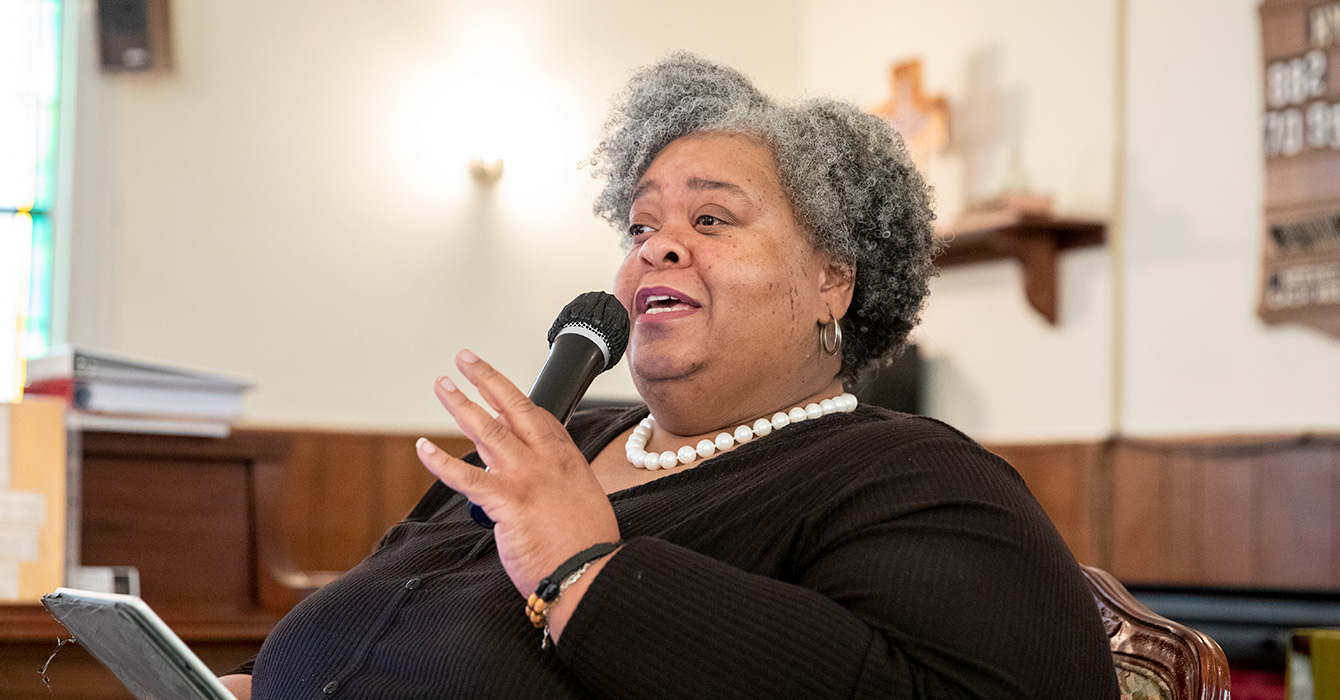Dana Cassell is looking for a full-time job. I met Dana a decade ago, in her first year as part-time pastor of the Church of the Brethren congregation in our city. Ten years on, she has found that cobbling together full-time pay out of multiple part-time jobs is no longer financially sustainable. Dana, who is single, has also struggled to find a part-time role that will cover her health insurance.
I think of Dana each time I see an emerging consensus among church professionals that bivocational ministry is “the future.” As congregations and their budgets dwindle, I understand why ministry is moving in the direction of a clergyperson with one or more jobs beyond the pulpit. For some pastors, that’s a welcome revision of a role that can be isolating and insular. Ministry “beyond the walls” can offer possibility and hope.
But the turn to bivocational ministry as an answer to clergy shortage and budget woes is often shortsighted. Dana, as a bivocational pastor who directed a program to support people in bivocational roles, saw this firsthand.
In her denomination, many pastors classified as bivocational have supplemented their income with retirement benefits and savings. Others have served churches in a limited capacity while holding full-time jobs outside the church. But what about people with families? And can bivocational ministry support single people sustainably?
Responsible models of bivocational ministry require churches and denominations to consider factors of age, race, family size, location and marital status in policies for salary and health care benefits.
For unmarried people who receive no health care benefits from a spouse’s job, paying full or partial premiums cuts deep into a paycheck. Unlike married bivocational clergy, whose family units often have a second income, single bivocational pastors are on their own to negotiate the shortfalls of their lower salaries. Even in connectional polities, the decision to provide health care benefits to pastors working up to 20 hours a week remains voluntary on the part of the congregation.
And then there’s the issue of debt. The majority of clergy incur graduate school debt from a seminary or divinity school, but for Black pastors, the economics are even more stark.
Black seminary graduates are burdened with significantly more debt than their white colleagues. In congregational polities, Black pastors are less likely than their white peers to receive retirement benefits or health insurance through their congregational roles. For many pastors of color, bivocational ministry isn’t an option but a requirement to make ends meet. That can mean managing a 40-hour work week and a solo pastorate simultaneously.
Another friend, Heidi, reminds me that this scenario of bivocational is different from a call to two vocations. “I would not choose to work in multiple settings,” she tells me, “but I have done it out of necessity.”
This distinction — between bivocational ministry and multiple jobs — is often left out when I hear bivocational ministry lifted up as a model. How can congregations and denominations support clergy in finding meaningful and mission-driven work? If that work requires returning to school for further training, are institutions and churches prepared to offer financial support?
I know the struggles of part-time pastoring firsthand. I once served in a part-time ministry role, cobbling together a full-time salary from other jobs. I received a stipend toward half of my health insurance premiums but nothing for my spouse and children.
My contract included no retirement benefits or dental insurance. During those years, one of my cavities rotted so badly that I eventually had to receive a crown. The cost was astronomical, and the pain was constant. I relied on public dental clinics and dental schools for my care, often waiting months for treatment.
Part-time roles meant absorbing not only financial precarity but also the psychological burden of risk. This reality affected my relationship to the church. If we could not care for the health of our clergy, what did this mean about our commitment to laborers outside the church? How could we proclaim good news for workers when our church workers barely got by?
My denomination, Mennonite Church USA, has recognized the health care inequity for part-time pastors and pastors of color. In response, the Mennonite Church in 2010 launched The Corinthian Plan. Congregations, area conferences and agencies that choose to enroll in The Corinthian Plan contribute to a Fair Balance Fund.
Wealthier congregations and constituents pay more into the fund to support congregations that struggle to pay the full premium. This form of economic redistribution addresses the needs of small churches and of bivocational pastors.
That plan was lifesaving for Pastor Tomas Ramírez of Luz y Vida Mennonite Church in Orlando, Florida. In 2017, he was diagnosed with leukemia. The Fair Balance Fund provided additional financial support for his expensive and extensive cancer care, including a bone marrow transplant. Because the costs were shared across The Corinthian Plan holders, he also did not see a spike in his premiums.
Other denominations are looking for new and innovative ways to provide their part-time pastors secure and healthy futures. My friend Dana’s denomination, the Church of the Brethren, recently announced new guidelines for pastoral compensation. These include a minimum salary suggestion that takes into account inflation. They also look at housing costs with respect to ZIP code as well as calculating hours per week in a contract only after housing and pension costs are covered.
The church can’t turn to bivocational language as an excuse to underpay or underinsure employees. If we aren’t intentional about setting structures to support bivocational ministers, we can anticipate exploitation, exhaustion and failure.
The future of ministry may be bivocational, but it will be healthy, just and whole only if congregations and institutions work creatively and intentionally to redistribute funds, offer robust benefits and attend to the long-term stability of these roles.













